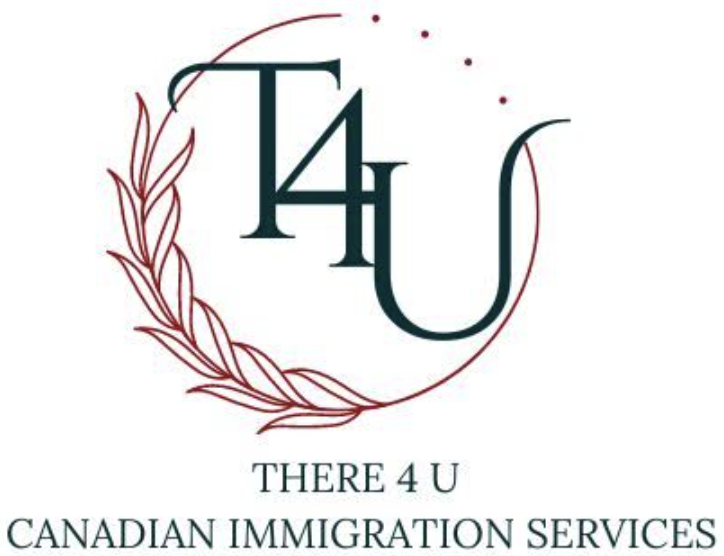Work Permit
Under this category, you would have to find an employer who is willing to hire a foreign worker. To hire a foreign worker the employer must obtain permission from the proper provincial authority (Employment Social Development Canada (“ESDC”)). To obtain the permission, the employer must prove that the company cannot find a Canadian resident/citizen to fill the position.
In all honesty, the rules for employers obtaining permission to hire foreign workers has become very strict over the last couple of years and now a lot of employers are shying away from hiring a foreign worker who does not have Canadian experience. But you can still give it a try.
Study Permit
Getting a study permit in Canada is quite easy. The Canadian government is favourable to foreign students who want to come to Canada to study. The government has allowed students to work part time hours (20 hrs/week) during their full time studies in Canada; during school breaks students can work full time hours (40 hrs/week). After the student has graduated from their program, student can return to their home country or apply for a Post Graduate Work Permit (PGWP). This permit is given to students who successfully graduate from their program. The PGWP allows a student to work full time in Canada, the length of the PGWP depends on how long the student’s study permit was for. Example: if you obtained a study permit for 2 years and graduated from your program, you will get a PGWP for 2 years. The maximum duration a student can get for a PGWP is 3 years; the reason for this is because the government wants the student to apply for permanent residency after they have obtained at least 1 year of Canadian work experience. Basically, the next step after obtaining at least 1 year of work experience is to apply for your permanent residency under the Express Entry Program, which is described below.
A lot of foreigners that are interested in immigrating to Canada permanently are using this route because quite frankly it is the easiest route to obtaining permanent residency.
Express Entry
It is a complex program, but the best way to explain it is as follows:
In order to apply to Canada for permanent residency under the economic class, you must apply under the Express Entry system.
Step 1: Determine the Class that you will be applying under
Express Entry is made up of 3 Classes:
- Federal Skilled Work
- Federal Skilled Trade
- Canadian Experience
Federal Skilled Worker
Canada uses a National Occupational Classification (NOC) Code to determine the skill level of work. Jobs categories are grouped under the following code: 0, A, B, C, D.
According to the Canadian National Occupational Classification (NOC), skilled work experience means:
- Managerial jobs (NOC skill level 0)
- Professional jobs (NOC skill type A)
- Technical jobs and skilled trades (NOC skill type B)
If your work experience falls under the following group: 0, A, B then your work experience is classified as skilled work.
Federal Skilled Trade
This category applies to those who have at least 2 years of trades experience within the last 5 years.
Skilled Trades currently eligible for the Federal Skilled Trades Program falls under the NOC group B and are organized under these major and minor groups of the NOC:
- Major Group 72, industrial, electrical and construction trades,
- Major Group 73, maintenance and equipment operation trades,
- Major Group 82, supervisors and technical jobs in natural resources, agriculture and related production,
- Major Group 92, processing, manufacturing and utilities supervisors and central control operators,
- Minor Group 632, chefs and cooks, and
- Minor Group 633, butchers and bakers.
Canadian Experience
To be considered for the Canadian Experience Class, you need to have Canadian skilled work experience within three years of applying.
Your experience must be at least 12 months of full-time (30 hours of paid work per week or more) or an equal amount in part-time hours.
Other requirements necessary for all 3 Classes:
Other selection factors that determine whether or not you are eligible to apply for permanent residency are the following:
- your skills in English and/or French (Canada’s two official languages),
- your education,
- your work experience,
- your age,
- whether you have a valid job offer, and
- your adaptability (how well you are likely to settle here)
- Proof of Funds: Must show you have enough funds for to support yourself
Step 2: Assessment under the Comprehensive Ranking System
Express Entry
Once you have determined what Class you will be applying under, you must complete an assessment to determine if you meet the Comprehensive Ranking System (CRS) criteria.
Once you have completed the online ranking, you will be given a total amount of points, based on your points you will receive an invitation from Immigration Canada to submit an Expression of Interest Application.
Step 3: The Pool
Once you have completed your Expression of Interest Application, your application will be place in a pool. Expression of Interest Applications will be drawn from the pool randomly. If your application is selected, you will receive an invitation to apply for permanent residency.
Step 4: Apply for Permanent Residency
After you have received an invitation to submit your application for permanent residency, you will be given 60 days to submit the application. An officer will review your application once submitted, if everything is in order, your application will be approved.

